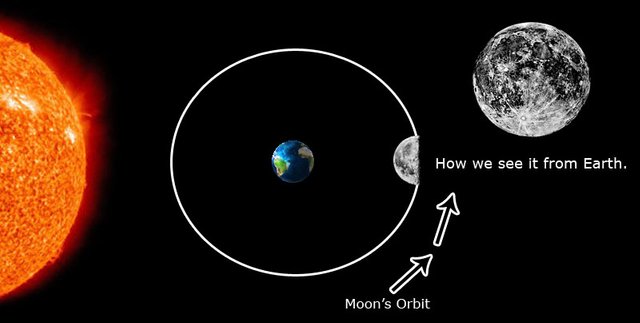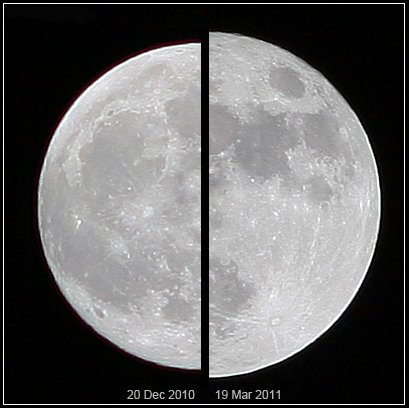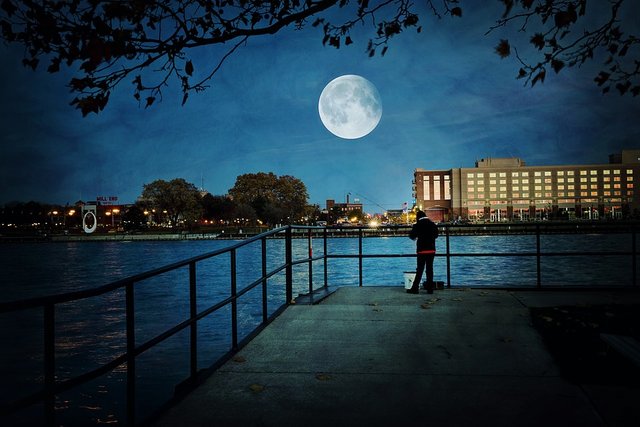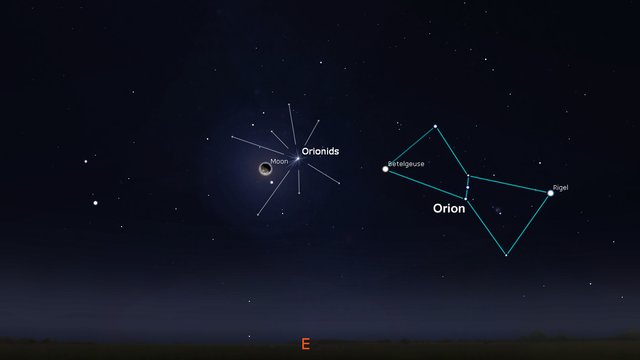AstroBasiCs #1 - Supermoons
Astronomy is full of basic concepts that are mentioned several times, that, if we understand them enable us to comprehend more complex concepts. Since I LOVE teaching in an informal way: I am starting my "AstroBasiCs" series, where I will try to explain some of those terms that people hear about, yet do not always understand.
For some weeks now, the famous Supermoon made an appearance at social media (with a nice "featuring" bio banner at Facebook, that led people to take pictures of a "larger" Moon with their mobile phones). In the first times (not so long ago) there was people that associated the Supermoon with the possibility of natural catastrophes happening. It was somehow expected, "Supermoon" actually comes from astrology not astronomy. Today, thankfully, the term became more popular and it is slowly merging into the scientific community migrating from the the esoteric one.
What is a Supermoon?
A Supermoon is no other thing but the coincidence of two common natural phenomenons: The Moon at its closest distance from earth, and its full Moon phase. This is the reason why it is not strange to see several Supermoons a year (four to six, in average). To fully explain it, lets review each one of the concepts by separate.
Moon's Orbit
To understand the Supermoon, first we need to understand how it orbits Earth (seriously, 3/4 oceans and we still call it "Earth"?). Celestial objects rotate around each other in elliptic orbits. The Moon draws an ellipse around Earth; the Earth -and all the other planets in the Solar System... along with some asteroids- around the Sun. In an elliptic orbit, the object that is "central" mass of that (in this case, Earth) is not in the center of the ellipse, it is at one of the so called "geometric focus" points, that are displaced towards the tips of the ellipse.
An (exaggerated!) elliptic orbit, the Moon around the Earth. The Earth is at one of the docus points. Perigee and Apogee are the extremes of the ellipse.
As you may see in that piece of art I pasted above, it its movement around Earth, the Moon gets close or far to us in different moments. Those positions are called: When close and far from us perigee and apogee, respectively. In the case of our orbit around the Sun, we call that "perihelion and aphelion".
Moon's Phases
In case you did not notice, the moon has different "phases" that are given differently according to the relative position of our satellite to the Sun and us:
When Earth is in between the Moon and the Sun, we've a Full Moon:

When the Moon is at the opposite side we call it New Moon, and all we see is a shadow.
The Supermoon occurs when the Full Moon or New Moon coincide with the perigee of our satellite. For some strange reason, only the Full Moon one calls the attention of people.
What changes with the Supermoon?
When we have a Full Moon Supermoon, the Moon is at its brightest and closest point to us. This makes its apparent size and shining to change for our eyes, yet... the variations are so small that they are practically imperceptible for the human eye.
To the left we have a normal 2010 Moon. to the right the March 2011 Supermoon. Will you note the size and brightness difference looking at them with your naked eye? Doubtful, that's why I picked on all the dumbasses taking pics with their phones (as if the difference could be noted with only that!)
"Supermoon comparison" by Marcoaliaslama - Wikimedia commons
That 2011 Supermoon had a 14% increase in its angular size and up to 30% in its brightness. A 14% "sounds" like a lot, but as you can see in the picture above, it is not something evident, if you consider the context of the sky and our eyes as the only observation tools... People have no way to compare it with previous Full Moons!!!
So, are those pretty Supermoon pictures fake?
Everytime there's a Supermoon, social media is flooded with beautiful images that pretend to display the amazing change on brightness and size. But, you just saw the truth.
Now... Go pick on your friends that were taking pictures of the moon... While they missed the Orionid Meteor Shower a few weeks before.
Source
If you liked this post and its informal way of talking about sciences, please, follow me for more!
Leave a comment either for good or for bad reviews. I take everything as constructive, and I really appreciate the feedback, even from trolls (at least a troll read it before being himself!).
Copyrights:
All the previously used images are of my authory or under a CC0 license (Source: pixabay), unless openly stated.
All the Images created by me possess a WTFPL licencing and they are free to redistribute, share, copy, paste, modify, sell, crop, paste, clone in whatever way you want.
PS: In case you did not notice; I used the dark side of the moon for the images... Just to piss some people off!!!





ugh, some people on facebook uploading pics of the moon like idiots.. LOL.
I didn't understand... you can't see anything different then any other night except it was bright as fuck. That's it... whoopy doo
Yup, that is exactly what "calls your attention" the other Supermoon days that are not advertised by social media: The shining.
The size, meh... Even with a telescope it is not big deal
Look at my up vote button it's a super up vote button. Wow.
This post has been ranked within the top 80 most undervalued posts in the first half of Nov 22. We estimate that this post is undervalued by $4.26 as compared to a scenario in which every voter had an equal say.
See the full rankings and details in The Daily Tribune: Nov 22 - Part I. You can also read about some of our methodology, data analysis and technical details in our initial post.
If you are the author and would prefer not to receive these comments, simply reply "Stop" to this comment.